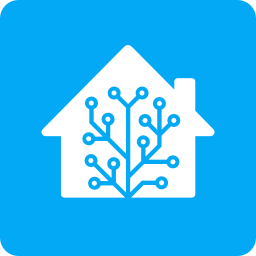

Adjusted for inflation, or better yet something like median salary, would probably be more meaningful.
Seems this will preferentially screw folks in low cost of living areas. If you’re in a HCOL/VHCOL area and making ends meet, then a new car is probably affordable. If you’re making ends meet in a LCOL area, then this is likely a huge expense.





https://health.osu.edu/health/dental-health/metallic-taste-workout